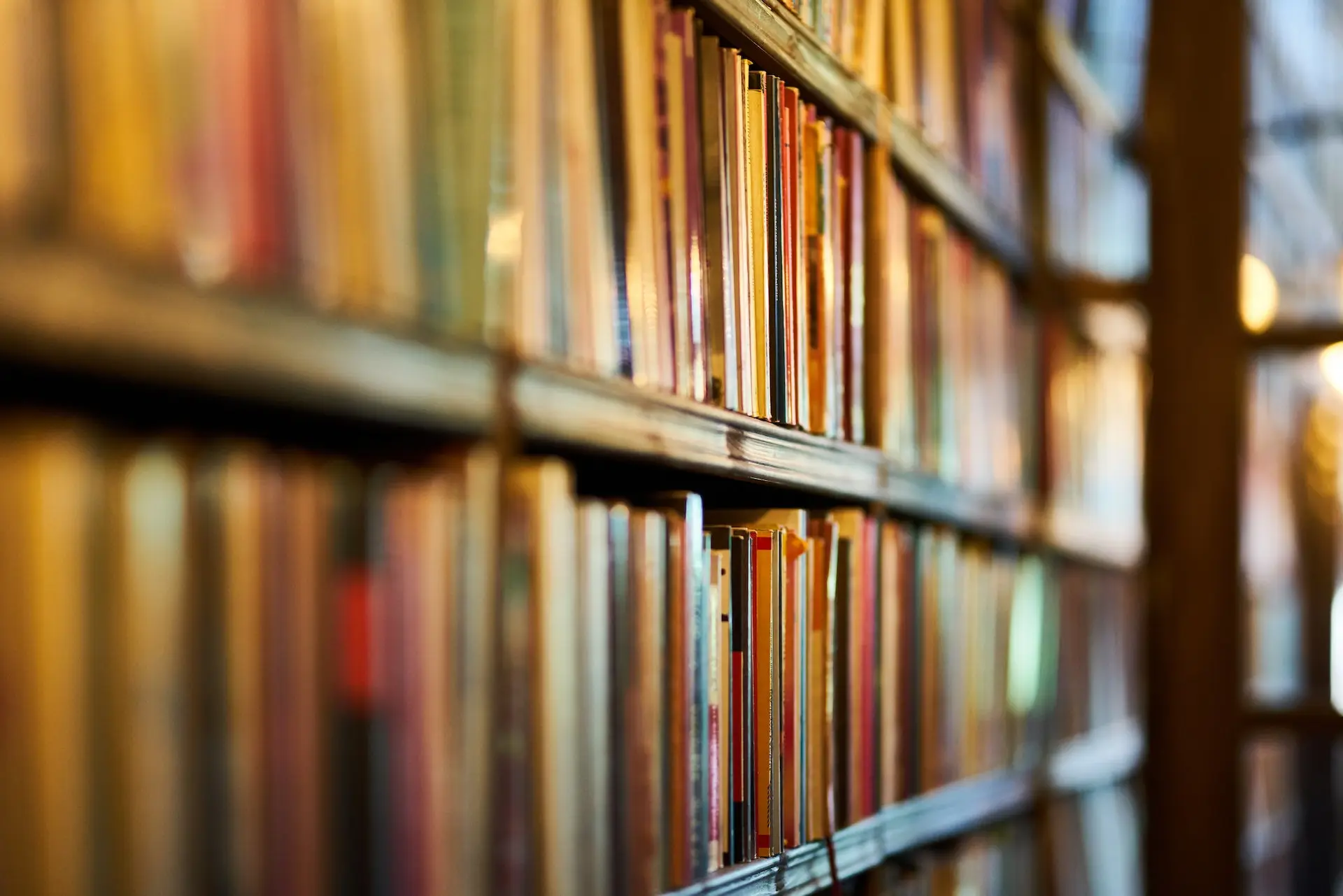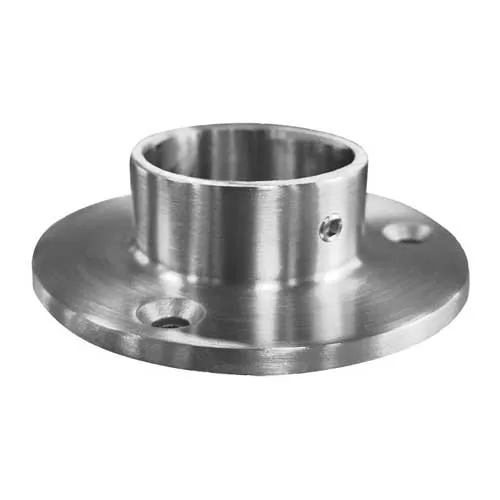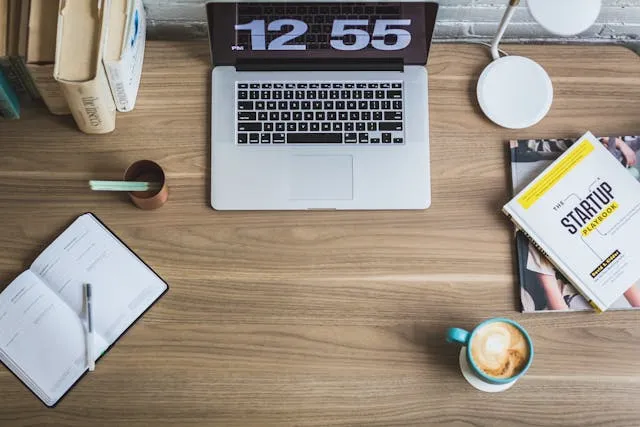Understanding the Types of Book Bindings and Their Impact on Marketing


While eBooks have become popular, there is still value in printing physical books. For example, if you’re publishing an employee manual or technical workbook, printed pages allow for the notes and diagrams to be easily referenced. Additionally, many readers prefer the look and feel of a printed book. Regardless of the reason, choosing the proper binding method is critical to the longevity and appearance of your work. Also, understanding the main types of book bindings can help publishers choose which style is best for their project. These choices can affect a book’s price, look, and durability.
Contents [show]
Perfect Binding
Perfect binding is one of the main types of book bindings and is a standard method of binding books with a high page count. This type of binding provides a professional look and is less expensive than hardcover binding. It is also an excellent option for books with printed spine titles. This type of bookbinding gathers the pages into a stack called a page block. The page block is then run through a machine that roughens the edges of the pages to help ensure a strong bond when glue is applied. Once the spine is glued, a one-piece cover is affixed to the stack. This binding style is often used for paperback books, telephone guides, catalogs, and magazine-type publications. The benefit of this type of binding is that it allows the pages to lay flat when the book is opened. This is important for books that must be referenced or kept open for long periods. Currently, two primary types of adhesives are used in perfect binding. Ethylene Vinyl Acetate (EVA) and Polyurethane Reactive (PUR). Both are excellent adhesives for binding and have their unique benefits. For example, PUR is better suited for high heat and humidity environments than EVA. Also, it provides better resistance to chemicals. These factors are why more companies are switching to PUR adhesives.
Wire Binding
The pages are cut and combined using wire binding before holes are punched along one side. The wire is clamped through those holes, resulting in a flat book. This is an excellent option for cookbooks and manuals due to its durability and ability to withstand heavy use. It’s also known as twin-loop or double-loop binding. This bookbinding method uses pairs of pre-formed wire loops that run along a C-shaped spine that resembles a comb. The loops are put into square holes punched through the book’s cover and pages, and a wire closer squeezes the spine until it becomes round. The result is a cost-effective book binding method that is sturdy and durable. The wide range of spine sizes allows this method to work well with high and low-page-count books. The wires come in various diameters, so a thinner book can be bound with a smaller wire size, while a thicker volume will require a larger wire. This bookbinding method provides a professional look for business reports, proposals, and more. However, it is not ideal for books that must be updated regularly, as the wire can become bent or misaligned. A custom-printed ringed binder is a better option if you need to add or remove pages.
Spiral Binding
Spiral binding (also known as coil or spiral bind, color-coil, plastic coil, ez-coil, and wire-o’) utilizes a spring-like coil threaded through evenly spaced holes punched along the spine edge of a book’s cover and pages. Once inserted, the coil is crimped at both ends to prevent it from unraveling. These durable plastic coils come in a wide range of diameters to accommodate most page counts without cutting. They are available in various colors, making them easy to coordinate with any cover design or corporate branding scheme. The advantage of spiral binding is that it allows books to open fully and lay flat. This gives users the flexibility to view the entire contents hands-free, which makes it ideal for practical and work manuals, recipe books, craft guides, or travel guides. It also means the book can be easily flipped through to find the section the user needs, which is often impossible with other binding styles. Spiral binding is one of the few bookbinding methods that can be used with a metal spiral, providing a more elegant look and increased durability over its plastic counterpart. This binding method is also one of the easiest to add and remove pages, a valuable feature for documents that may need to be updated or expanded after the initial printing.
Thread Stitching
Thread stitching is an option for books that are not bound using an adhesive method. In this type of binding, sections of folded pages (known as signatures) are sewn together, forming a book block before being covered by a cover. The result is a solid, durable book that can lay flat on a surface. The threads used for this type of binding include cotton, polyester, and silk. These materials come in a variety of colors and weights. In addition, some threads are made from unique materials. These special threads are often used to sew fire-resistant and flame-retardant products such as suits for firefighters and motor racing drivers, sleeping bags, and crib linens for infants. If you’re looking for professional assistance in crafting and marketing your book, go to Manhattan Book Group, which can help you better in marketing your books. A variation on perfect binding is notch binding. This binding style uses notches cut in the backs of the signatures to hold them together, and then a strip of cloth is glued to the spine before adding the cover. This technique, also known as Smyth sewing, creates a sturdy and beautiful binding that retains the integrity of the signatures. Another popular form of binding is spiral binding, also known as coil or wire binding. In this method, plastic coils are inserted through punched holes in the pages and covers of a book. This allows the book to lie flat on a surface when opened, but it does require cutting off the binding to add or remove pages.
Also Read: 3 Best Free Email Marketing Tools and Services Lookinglion





